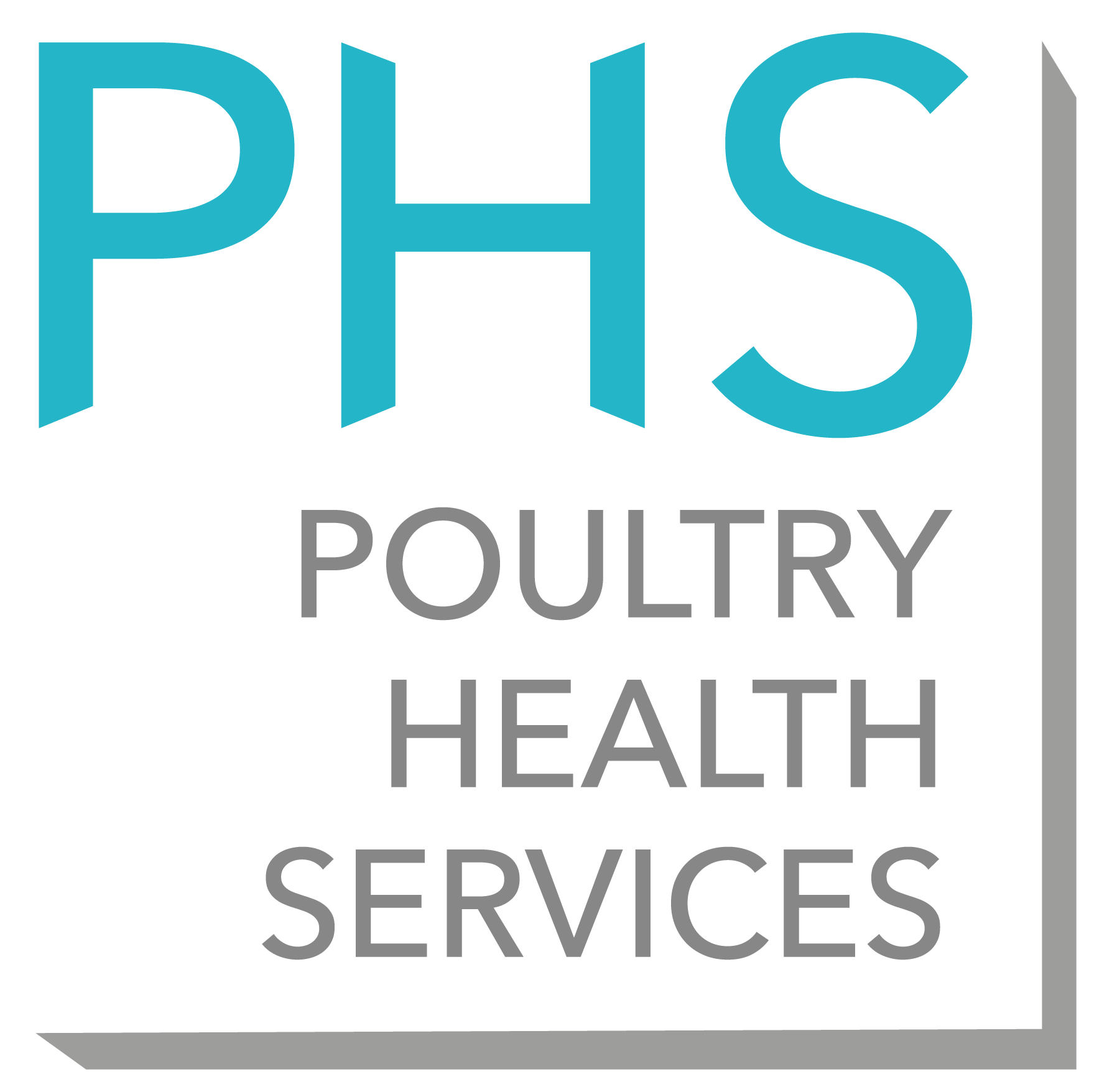Zoonoses
CHLAMYDIA
CHLAMYDIA
This disease is a zoonosis. It can cause fever, headaches, pneumonia, meningitis and sometimes even death in humans.
Take extra precautions when handling birds positive for chlamydia, such as wearing gloves, overalls and facemasks. If you have any concerns about your health please contact your GP.
Symptoms
- Affects all ages of birds but clinical disease is worst in young birds.
- Conjunctivitis: Wet eyes, swollen eyelids and sometimes third eyelid protrusion.
- Nasal discharge.
- Gaping/noisy breathing.
- Poor performance.
- Diarrhoea/green faeces.
- Excessive drinking.
- Reduced fertility.
Diagnostics
PCR on pooled sample of faeces.
Treatment
Five-day course of doxycycline. However course may need to be repeated if symptoms persist.
Routine testing is advised after treatment to identify if infection is still present.
Prevention
Healthy birds can carry and spread the disease. Contact between birds of unknown disease status and your own birds is a risk.
Ensure stress factors are kept to a minimum, the following must be looked at:
- A thorough cleaning and disinfection protocol to reduce disease pressure
- Stocking density: is your loft overcrowded?
- Environment: is your ventilation adequate? As a rule, you shouldn’t have cobwebs forming if you having a good throughput of air. Does the loft smell of ammonia? Is it overly dusty?
- Disease control: ensuring absence of other disease such as trichomonas and paramyxovirus will allow birds immune systems to fight off incoming chlamydia more easily.
SALMONELLA
SALMONELLA
This disease is zoonotic – this means it can cause disease in people.
Should you experience any vomiting, diarrhoea or abdominal pain please contact your local GP.
Symptoms
There are many different types of salmonella, with the most common in pigeons being Salmonella Typhimurium.
Healthy birds can carry this bacterium and shed it intermittently in their droppings.
Affects all ages of bird.
- Decreased appetite.
- Green diarrhoea.
- Increased loft mortality.
- Weight loss.
- Reduced reproductive performance/increased ‘dead in shells’.
- Swollen joints, lameness, drooped wings and difficulty flying.
- Loss of balance, circling and reluctance to move.
- Increased number of dead in shells.
Diagnostics
Three to five days pooled faecal sample for salmonella culture.
As the bacteria is shed intermittently by the birds then samples are sometimes required to be submitted on multiple weeks.
Cull or dead bird submitted for post-mortem.
Treatment
Treat according to culture and sensitivity.
Prevention
Regular cleaning and disinfection of the whole loft.
Avoid stress in the birds (overcrowding, other disease).
Vaccination is also available, but is unlicensed in pigeons.
